Indo-Greek Rulers and Their Coins
The coins issued by Indo-Greek rules have proved to an invaluable source for the reconstruction of the political history of the North-West India of ancient times. The other source materials of the period such as literary works and inscriptions are very meager and whatever is known about those kings is mostly derived from their unique coins. The Indo-Greek rulers were very innovative and issued bilingual coins which have a special niche in Indian coins since they helped in the decipherment of ancient Indian scripts namely Kharoshthi and Brahmi. This led to the study of Indian epigraphy and it has been authoritatively estimated that 80% of our Knowledge of the history of India before 1000 AD is derived from inscriptional sources. There were also other important aspects of Indo-Greek coins. The Indo-greek coins presented the portraits of the rulers on the obverse side with a Greel legend around it. The reverse depicted a deity and monograms. The chronology of Indo-Greek rulers is mainly based on the numismatic evidence on the coins. The sources of Indo-Greek coins have been the hoards numbering around 34 and this book describes a new and large hoard of Ind-Greek silver coins numbering about 689. There were coin of three Indo-Greek kings namely Apollodotus II, Archebios, Dionysios and a Western Kshtrap ruler Nahapana. The book presents the details of these coins and also describes the design of these coins and ways to study them.
Get it now and save 10%
BECOME A MEMBER

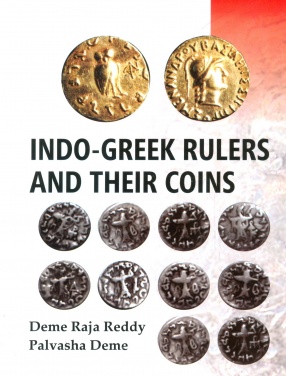
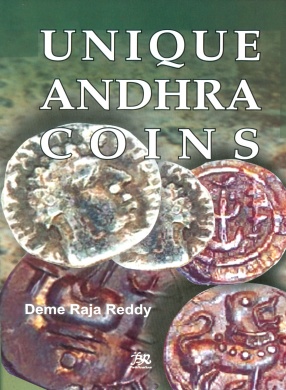
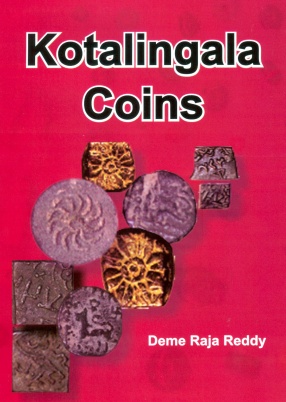
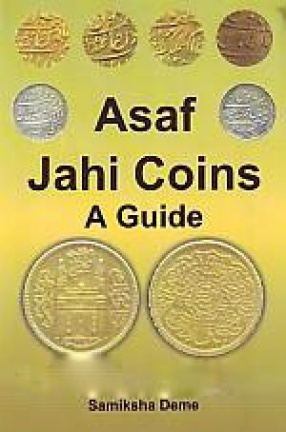
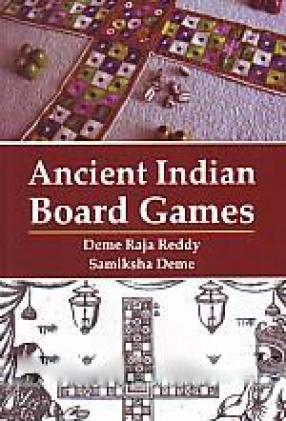
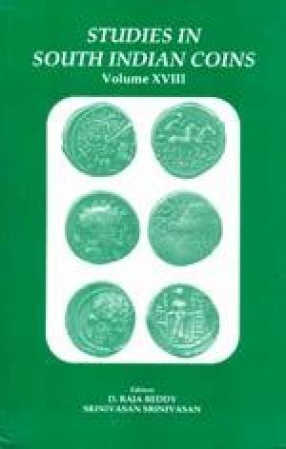
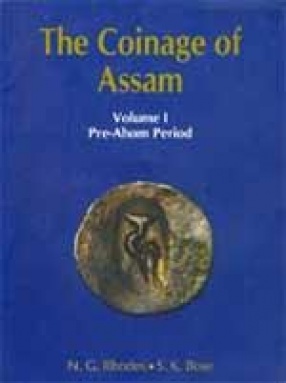
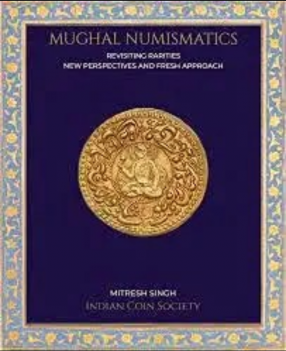
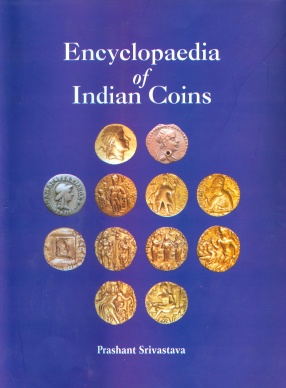

Bibliographic information
Palvasha Deme